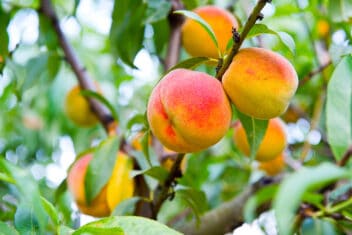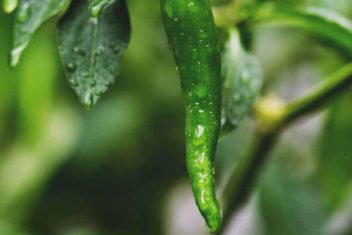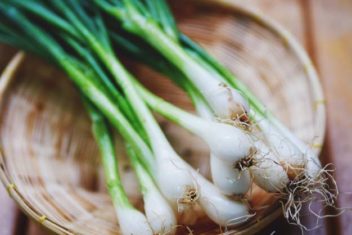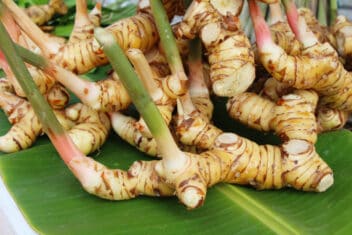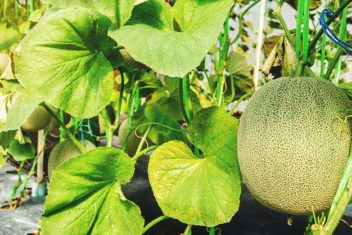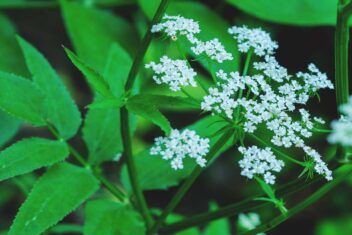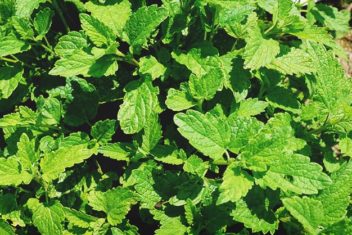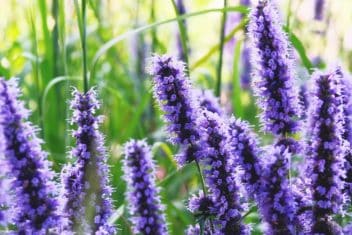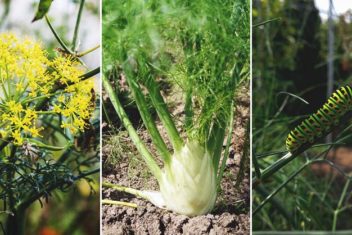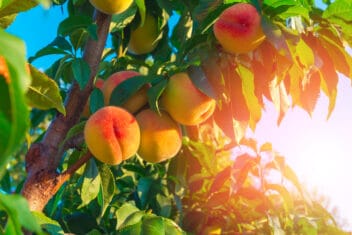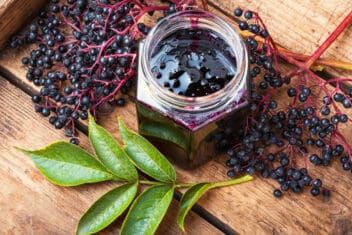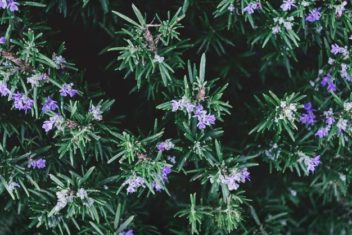Here’s my favorite part about growing winter squash: After all of the other produce is out of the garden, you can still enjoy fresh veggies on the dinner table because winter squash ripens late in the year.
You can store winter squash in root cellars, basements, or other cold areas of the home. With all of the various vitamins and minerals in squash, they can sustain your family throughout the cold months.
While some believe that growing winter squash is a bit too involved, don’t buy it. The process itself isn’t difficult to understand or master. Considering the price that grocery stores sell them for, it’s wise to grow them at home and save yourself plenty of money.
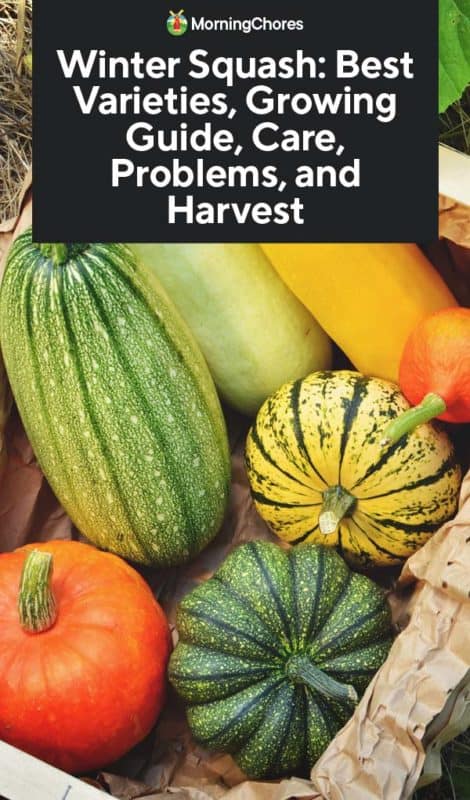
The Best Types of Winter Squash
There are numerous kinds of squash, from thin-skinned delicata to hefty Hubbard squash.
Butternut Squash

Most people are familiar with butternut squash. It’s a large squash that can reach a foot long and features tan skin. Sometimes, it might have light stripes going down the fruit lengthwise. You can interchange butternut squash with sweet potatoes.
Acorn Squash
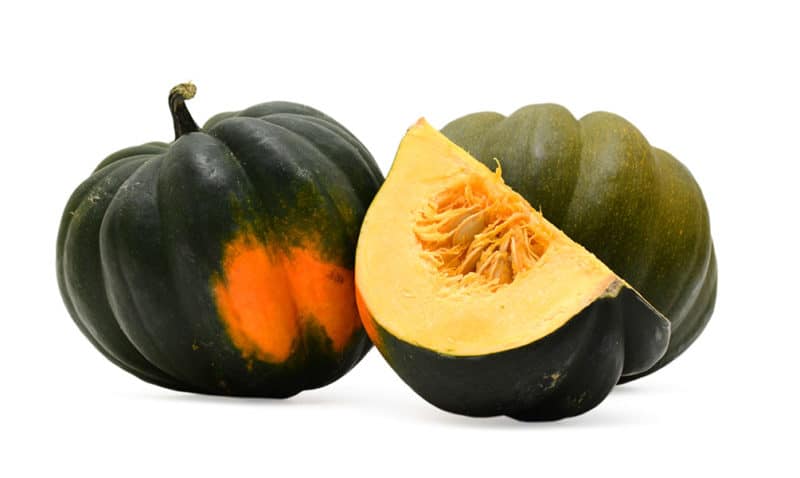
Acorn squash is a smaller squash than butternut. It’s delicious, but the preparation can be a bit tricky since it’s hard to remove the edible portion of the fruit out of the peel. Since they’re smaller, they only feed 1-2 people, so you need to grow more of these than other types.
Kabocha Squash
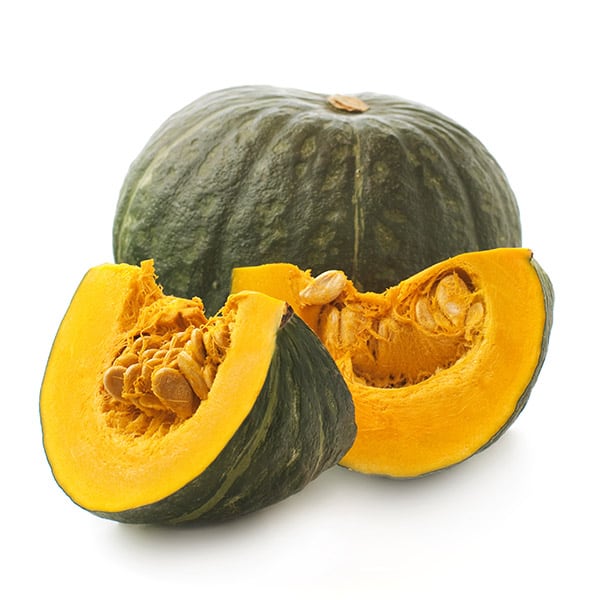
Called a Japanese pumpkin, kabocha squash has a thicker skin that’s similar to a rind, and only has a few seeds. It doesn’t offer as much edible flesh as other types, so you’ll need to grow several plants to feed a family all winter.
Spaghetti Squash
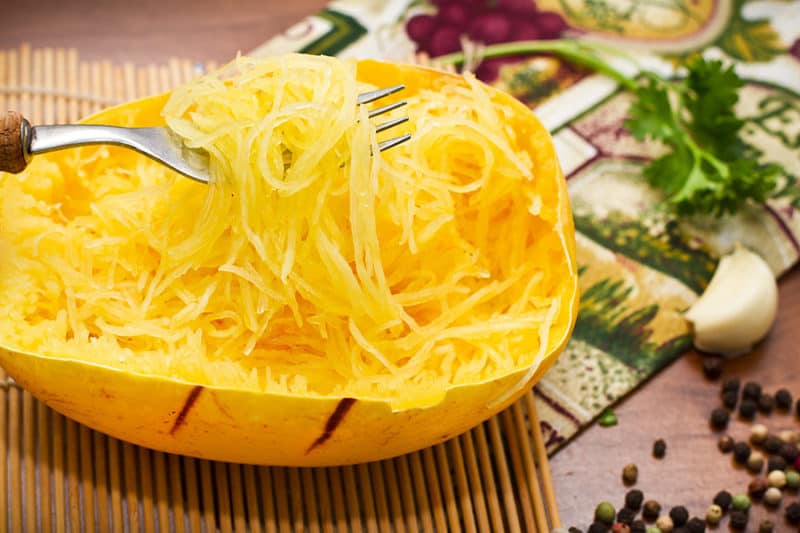
If you’ve tried eating a Whole 30 or Paleo diet, then you know what spaghetti squash is. The inside has long strings that are pale or yellow, and you can use it to substitute for pasta. Try adding tomato sauce over the top; it’s so good!
Pumpkin
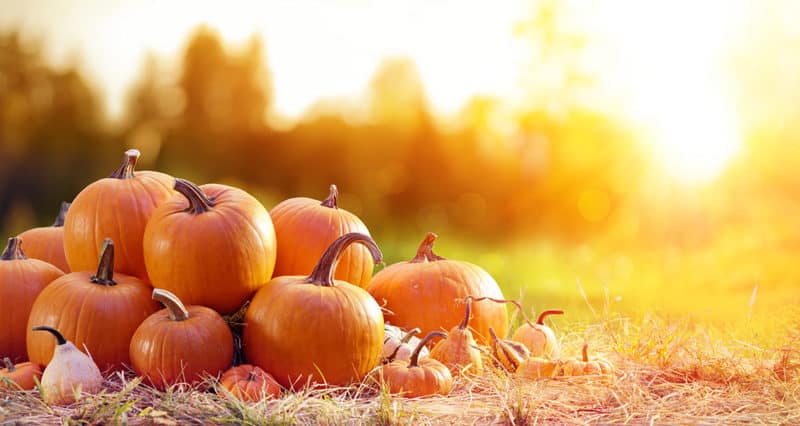
Pumpkins are such a beloved winter squash that we have an entire guide dedicated to growing them.
Honeynut
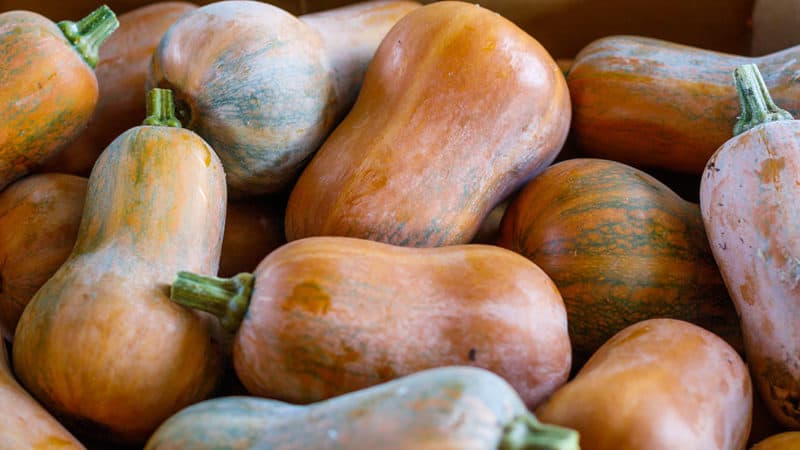
Honeynut squash is a cross between butternut and buttercup squash. It has a bell shape with dark orange skin and flesh. It’s incredibly sweet.
Buttercup
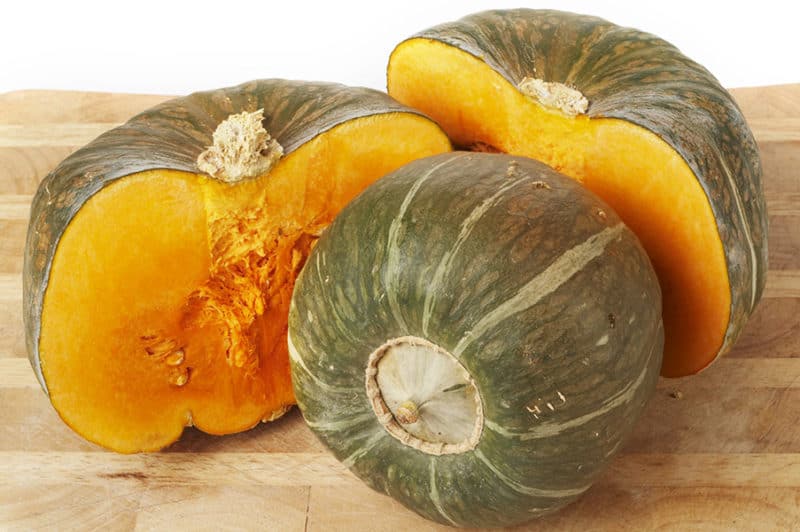
Buttercup isn’t as popular for growing as other winter squash varieties, and that’s a shame. It looks like a small, green pumpkin. Inside, the flesh is orange, sweet, and creamy.
Delicata
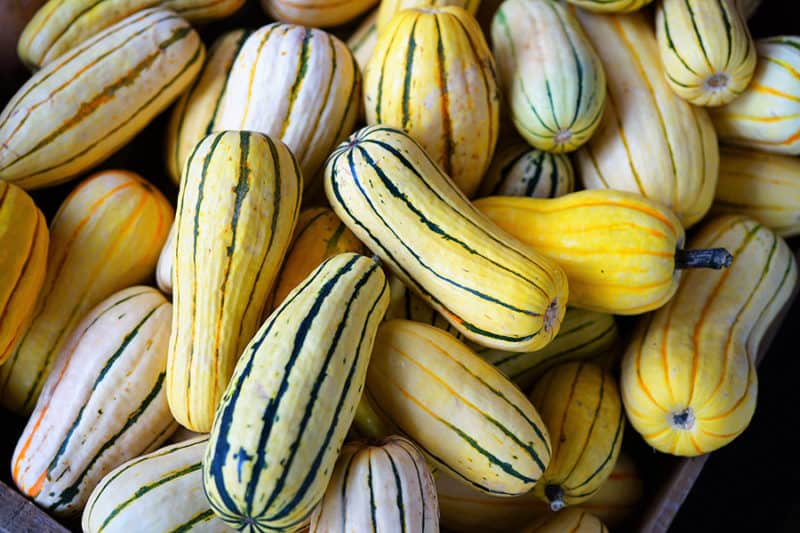
Delicata squash is gaining in popularity and for good reason. It has an oblong shape and is pale yellow with green pinstripes. Part of what makes it so great – beyond looking nice in a fall display – is that you can eat the skin.
It tastes a lot like a butternut squash without all the work.
Hubbard
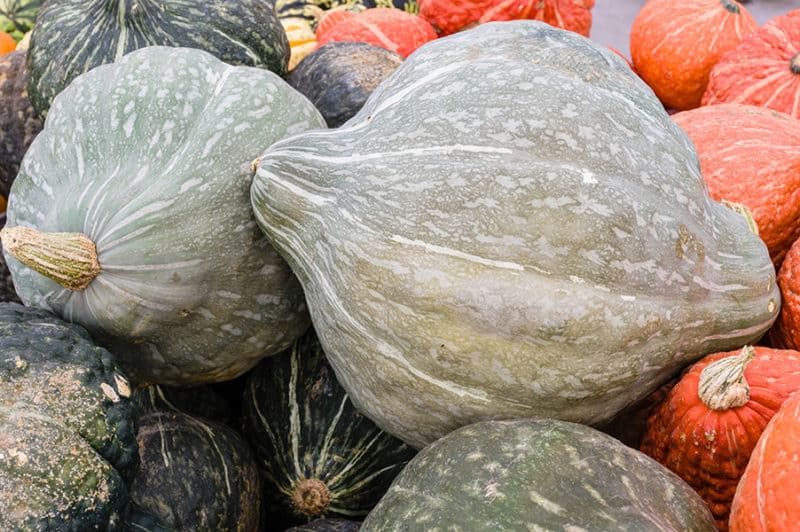
Hubbard squash can get huge – up to 15 pounds. They have a thick, textured skin that can be hard to get through. Once you do, you’ll be treated to sweet, slightly grainy flesh.
Calabaza
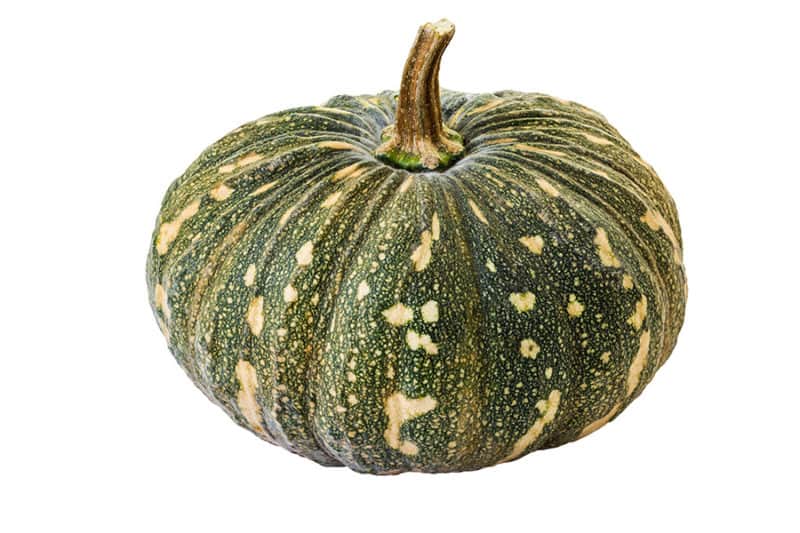
Calabaza squash has a squat shape and comes in a range of colors and patterns. The firm yellow flesh surrounds a cavity filled with tasty seeds.
It tastes somewhat like a butternut or acorn squash.
Planting Winter Squash
Are you ready to learn how to start growing winter squash in your garden? Let’s look at what you need to know.
Growing Zones
Grow in zones 3-10.
Sun Requirements
Winter squash needs full sun, at least 6 hours a day.
Soil Requirements
Winter squash prefer well-aerated, well-draining, loamy soil. When planting, enrich the soil with humus, which also will increase drainage. You can also add compost to each hill base to provide plenty of nutrients to your plants.
You also need to pay attention to the pH level of your soil. The best range is between 5.5-7.5.
Where to Plant Winter Squash
Squashes, no matter the type that you pick, grow best in hills or the final row in the garden. Doing so lets them grow away from your other vegetables. Otherwise, they grow and wrap around your other plants, suffocating them.
If you can, try to growing winter squash near a strong structure, such as cattle paneling or other heavy wiring. Like cucumbers, squash plants hook onto structures and use this to hold the weight of the plant and fruit.
Another idea is to make beds or hills in a separate area of your homestead. You might be surprised by how large one or two plants can grow!
When to Plant Winter Squash
Plant your winter squash when the danger of frost has passed. However, you need to take a look at your average length of a growing season.
Most varieties of winter squash require at least 70-100 days to mature, and that also depends on your weather.
That is why many gardeners start the seeds indoors. Start the seeds 2-4 weeks before your last frost day in the spring. In the fall, start them 110-140 days before the first frost.
I recommend that you soak your seeds overnight to encourage faster germination.
How to Plant Winter Squash in The Garden
Transplant when the soil is 70°F and harden off for 7 days.
The first thing you need to do is to create hills for your plants. Each mound of dirt should be 24 inches around and be sure to space the plants 4-6 feet apart for bush-type plants or 8-10 feet apart for vining varieties.
Place your seedlings into the mound, but be sure not to bury them too deep. Another option is to sow the seeds directly into your garden. If you go that route, you need to put 2-3 seeds per spot and bury them an inch in the soil.
Containers Growing
Since these plants reach colossal sizes, you might assume that you can’t grow them in containers, but it’s possible.
Not all types of winter squash can be grown in containers, but if you pick the bush-types, they can grow in large 5-10 gallon pots. The season is long, and you might have to bring the containers inside. They also need a cage or trellis to grow up for support.
Caring for Winter Squash in Your Garden
Now that you have the plants growing in your garden, you need to take good care of them!
Watering
Water the plants regularly, especially the hottest days of the year since they’re in full sunlight. Pay close attention because the leaves on the plant start to wilt if the plants don’t receive enough water.
Fertilizing
Winter squashes are heavy feeders, so you should add fertilizer every 2-3 weeks. Adding compost at the beginning of the growing season is a good idea, and you can try side-dressing the plant with compost throughout the summer as well.
Mulching Around The Plants
Ideally, when your seedlings are 4-5 inches long, mulch around your plants to reduce the weeds that suck out vital nutrients. This also helps to retain moisture in the soil.
Common Pests and Diseases for Winter Squash
These plants are susceptible to a multitude of pests and diseases. Many of these issues can be deterred by planting nasturtiums near your squash.
Aphids
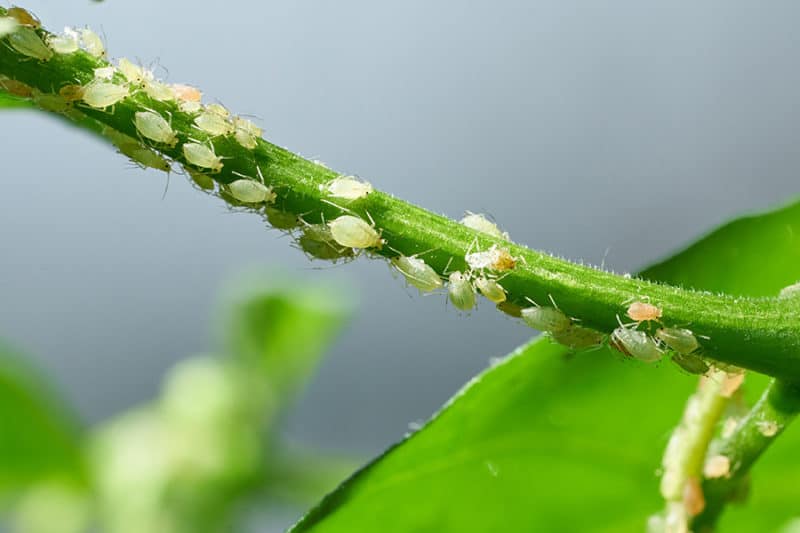
There’s hardly any plant that doesn’t struggle with aphids. Here’s how to spot and deal with them while growing winter squash.
Armyworms
Armyworms are the larvae of flying night months. Once they hatch, they can rapidly skeletonize a plant. Handpick them and encourage predatory insects like parasitic wasps and beetles.
Cucumber Beetles
Cucumber beetles love to nibble on any cucurbits (cucumbers, squash, watermelon, and the like). The larvae feed on roots, while the beetles eat leaves, stems, and fruits.
You’ll notice leaves being eaten off, or yellowing and wilting leaves on your plant. On top of that, the beetles carry diseases like mosaic virus and bacterial wilt.
The adult beetles are yellow with black stripes, so they’re easy to spot. Use yellow sticky traps to snag them, or place cardboard under the plants and shake them off.
Cover crops with row covers, though you’ll need to periodically remove the covers while plants are flowering so they can get pollinated.
Cutworms
Cutworms can decimate a crop. Our guide will help you get rid of them.
Slugs and Snails
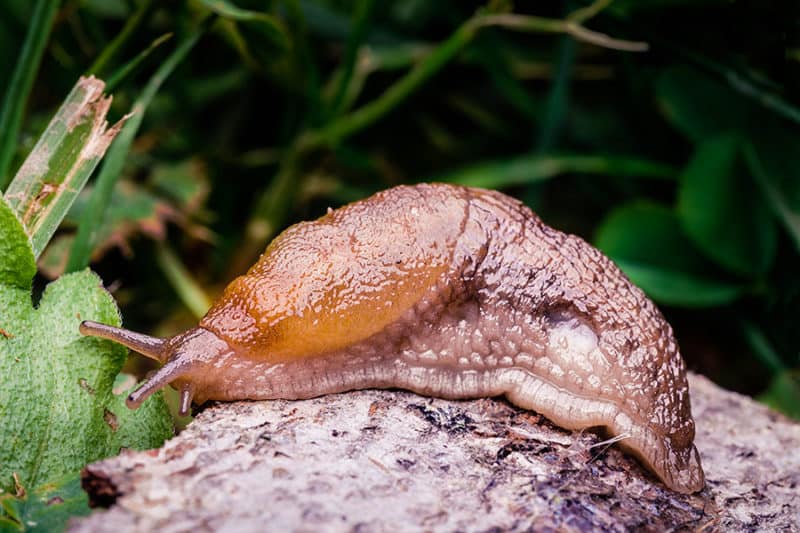
Snails and slugs attack every garden. Here are 12 ways to get rid of them the natural way.
Flea Beetles
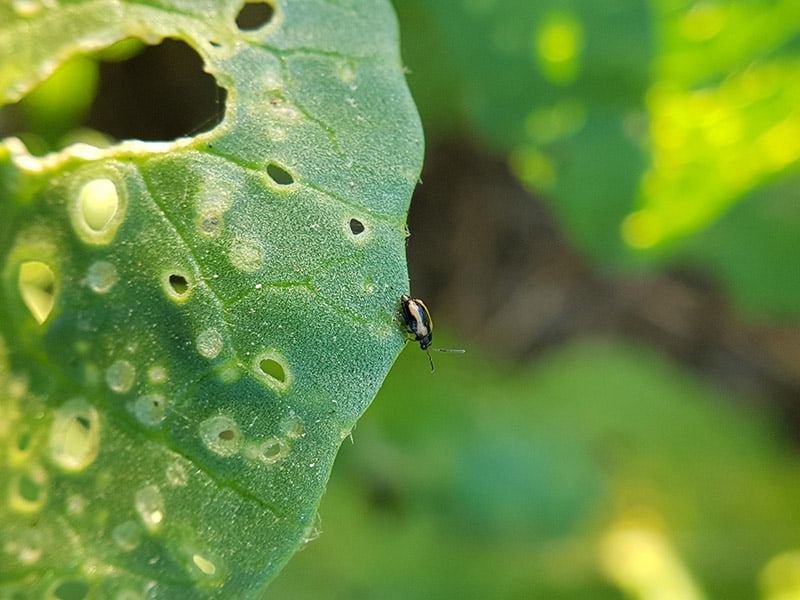
Flea beetles are tiny little beetles that hop around like fleas. They also attack squash plants. You’ll notice shot holes in your plant leaves.
You can use white sticky traps and talcum powder to help control them. You can also make a combination of rubbing alcohol, water, and liquid soap and spray it on plants. Let it sit overnight.
Powdery Mildew
The biggest threat you’ll have to your winter squash is powdery mildew, which has destroyed many plants in my garden.
The best way to avoid powdery mildew is to keep water off of the leaves and vines. You also want to keep the soil moist but not soggy.
Squash Bugs
Squash bugs are no fun. They’re hard to manage and cause a ton of damage. They look a lot like stink bugs, but they’re not the same thing. They inject plants with a toxin and suck the life out of plants with their sharp mouths.
The first thing you should do is handpick any you see, and scrape off any egg masses and dispose of them in soapy water. Place a piece of cardboard under plants and come out at night to squash any bugs that congregate underneath.
You can also use insecticides to try to control them. You’ll need to check your plants every day.
Prevent them by rotating your crops regularly, and cover plants with row covers until blossoms start forming.
Squash Vine Borers
Vine borers can be hard to get rid of because they live in the soil. If you have a small hole in the stem or unexplained wilting, it could be vine borers. Cut the stem and remove the borers, then dispose of them.
You can make a protective ring around your stem with a toilet paper tube or foil.
Downy Mildew
Downy mildew attacks all kinds of plants in the garden. Our guide will help you deal with it while growing your winter squash.
Root Rot
Root rot can kill an entire plant in no time flat. The best way to avoid it is to make sure your soil has good drainage, but there are plenty of other tips you can use to deal with the problem.
Fusarium Wilt
Fusarium wilt lives in the soil. You’ll see plant leaves begin to yellow, followed by necrotic lesions. Plants may eventually collapse.
Purchase resistant varieties, and make sure your soil pH is at a healthy level.
Mosaic Virus
Mosaic virus causes mottled yellow patches on leaves and can damage fruits. It can’t be controlled, so purchase certified-free seeds and plants. It’s also spread by cucumber beetles, so keep them away.
Winter Squash Companion Plants
Winter squash work well with plenty of other plants. You do have to worry about them suffocating other plants, though. Here are some ideas for possible companion plants in your garden.
- Corn
- Borage
- Oregano
- Radishes
- Marigold
- Beans
- Nasturtium
- Lemon Balm
- Onion
- Eggplant
- Peas
Don’t plant with potatoes.
Harvesting Winter Squash
Winter squashes have hard skins and take a while to fully mature. The best thing to do is leave them on the vine for as long as possible until you can’t press your thumbnail into the skin. That typically coincides with the first frost in your region.
To harvest, cut the fruit from the vine. If the weather allows, cure them in the field for 1-2 weeks, but you might need to bring them inside and leave them in a sunny location for two weeks.
Plan to store winter squashes in an area that is 55-61℉ and dry. Don’t wash the squash until you plan to use them, though you can rub off loose dirt. Never handle them by the stem.
Properly cured, dry, and blemish-free squash can store for 3-6 months in a cellar or dark pantry.
You might be amazed at the vast range of recipes that you can make with winter squash. You can substitute them for sweet potatoes, or try brand new recipes, like this creamy delicata pasta with crispy sage or apple stuffed Hubbard squash.
Try Growing Winter Squash This Year
Even though they might seem hard to grow, once they get started, you’ll find your plants spreading throughout your garden fast. Growing winter squash is much easier once you get the hang of it.

